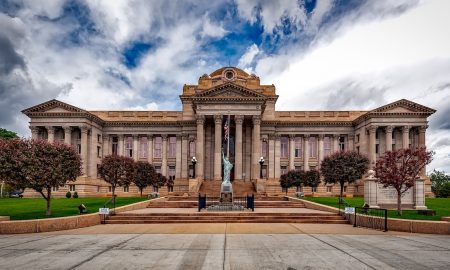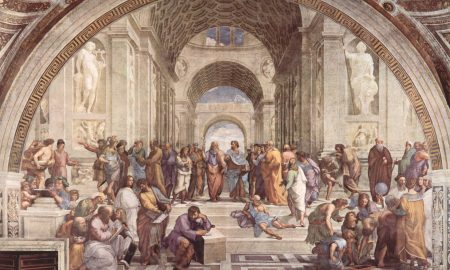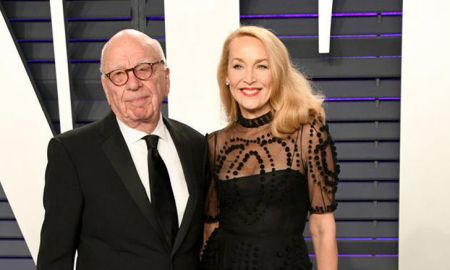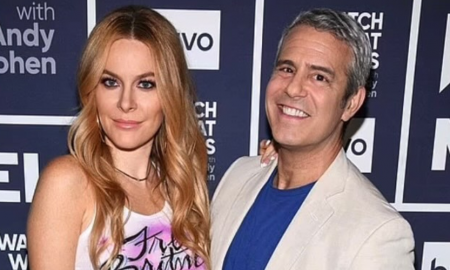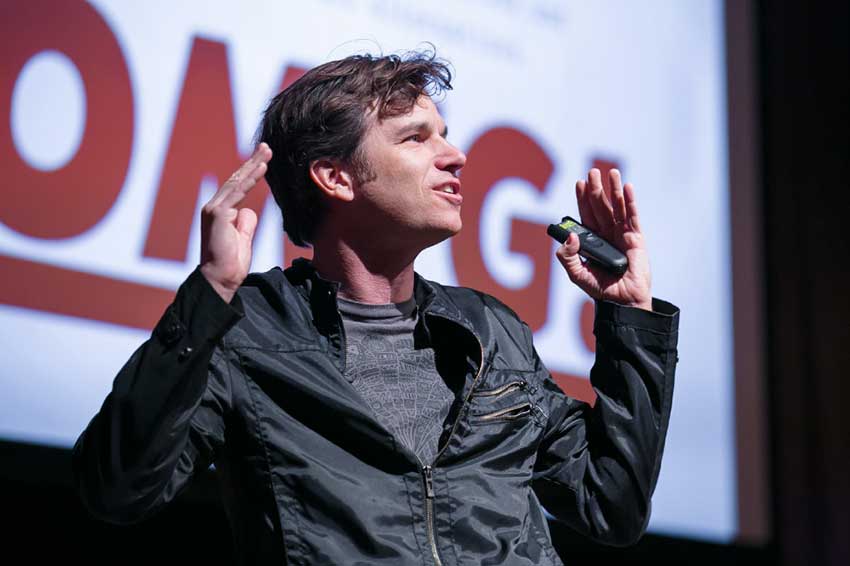
Meet the Lawyer Leading the Human Resistance Against AI

In the bustling lobby of a San Francisco skyscraper, Matthew Butterick, an unlikely legal force, strides purposefully, challenging the status quo in the world of artificial intelligence. Clad in checkerboard Vans and a black baseball cap, Butterick doesn’t fit the typical image of a corporate warrior.
Yet, he’s at the forefront of a legal crusade against major AI companies, from GitHub to Meta. This unassuming lawyer, along with his co-counsel Joseph Saveri, is leading the charge in a series of class-action lawsuits that could reshape the future of human creativity.
Butterick’s Unconventional Journey into the Legal Arena
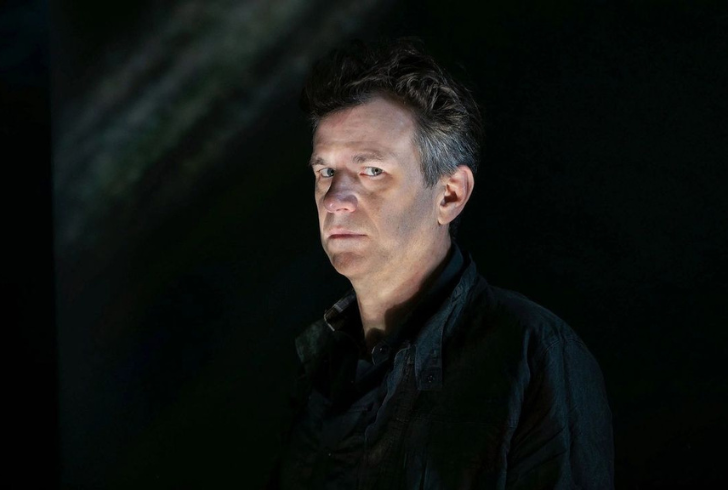
Instagram | sofaio.in | Butterick was a self-taught designer and programmer.
Butterick’s story is far from conventional. Until recently, he wasn’t a practicing attorney. A self-employed designer and programmer, he spent most of his life working solo from his Los Angeles home. His foray into law was prompted by the rise of generative AI, a technology that sparked his concern for the rights of writers, artists, and creative minds. Teaming up with Saveri, Butterick initiated a legal battle that challenges the way AI companies use and train their tools.
The Legal Landscape: Class-Action Lawsuits Unveiled
- GitHub Lawsuit: The legal saga began in November 2022 with a lawsuit against GitHub. Alleging that GitHub’s AI coding tool, Copilot, violated open-source licensing agreements, Butterick and Saveri set the stage for a series of groundbreaking legal battles.
- Expanding the Battlefield: The legal duo broadened their fight, representing a diverse group of programmers, artists, and writers, including comedian Sarah Silverman. Their contention is clear: generative AI companies are infringing upon the rights of creatives by training on their work without consent.
- The Pushback: Butterick describes the legal endeavor as “pushback” against AI companies. It’s a mission that challenges the fundamental practices of how these companies train their tools, a notion vehemently opposed by the AI industry.
The Stakes: High and Sky-High
In the tech hub of Silicon Valley, the arrival of the AI age has sparked a wave of excitement, with companies receiving remarkable valuations. However, this optimistic atmosphere faces a potential shake-up due to the lawsuits targeting major players like OpenAI, Meta, and Stability AI. These legal challenges have the power to either solidify the existing industry landscape or force transformative shifts.
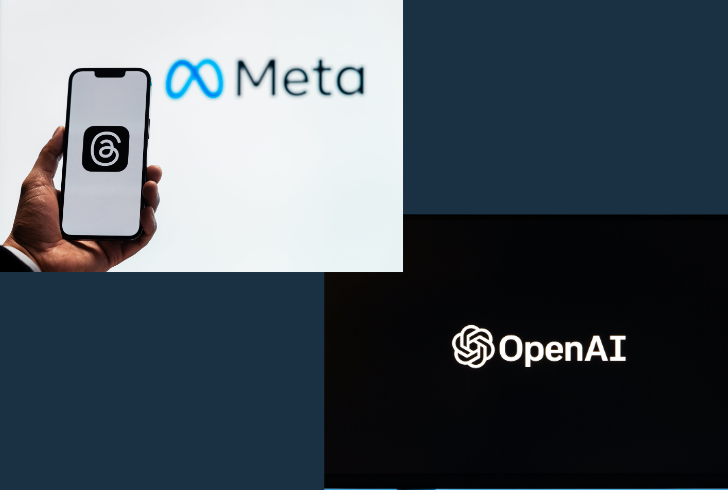
Pexels | julio lopez | Andrew Neel | Optimistic atmosphere faces a potential shake-up due to the lawsuits targeting major players like OpenAI and Meta
Consequently, these courtroom dramas have become a focal point of attention in the ever-evolving tech realm, as they hold the key to shaping the future trajectory of artificial intelligence. The outcomes will determine whether the industry continues on its current path or undergoes substantial modifications, adding an extra layer of anticipation to these closely monitored legal proceedings.
Butterick’s Background: A Journey from Typography to Law
Matthew Butterick’s journey started with a love for fonts, crafting unique typefaces, and launching the renowned Typography for Lawyers website. Transitioning from design to law after selling his web design company, Butterick embarked on a new chapter at UCLA, where he earned a law degree. The once niche website evolved into a bestselling book, solidifying Butterick’s status as a respected authority in legal typography.
His trajectory showcases a seamless blend of creative passion and legal expertise, making him a standout figure at the intersection of design and law. In this unique fusion, Butterick continues to champion the importance of fonts in legal contexts, bridging the gap between creativity and the intricacies of the legal world.
AI’s Impact on Creatives: Artists Join the Battle
- Artist’s Perspective: Karla Ortiz, a versatile artist, joined the legal fray after researching how AI training affected image generators. Disturbed by what she found, Ortiz, along with other artists, sought representation to sue AI companies for infringing on their rights.
- Changing Landscape: The backlash against generative AI’s impact on the arts gained momentum. From Hollywood to various creative industries, concerns about AI’s influence on creativity sparked movements and strikes.
The Legal Tussle: AI vs. Copyright Law
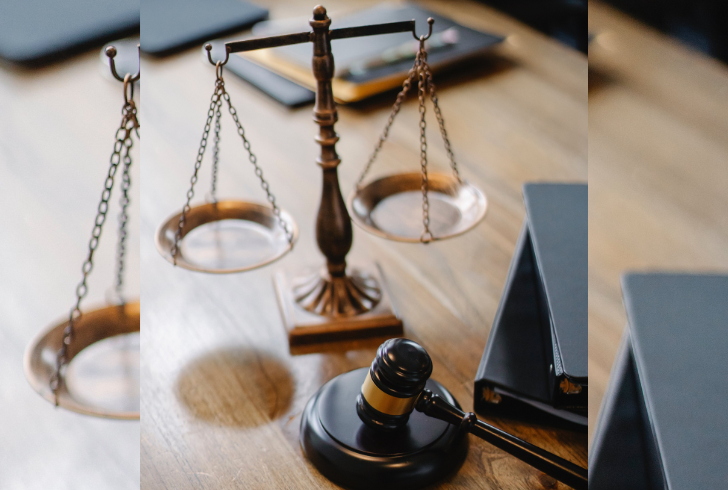
Pexels | sora shimazaki | Butterick lawsuits are becoming a pivotal point in shaping copyright law.
In looking at the legal skirmishes between artists and AI giants, it’s like flipping through the pages of history where similar battles over copyright emerged. These lawsuits are becoming a pivotal point in shaping copyright law, much like the disputes over piano roll technology in the late 1800s, providing a rich historical backdrop.
As AI companies gear up for defense, the reliance on the fair use doctrine becomes a crucial element, a legal shield with its own complexities, potentially influencing the outcomes of these high-stakes encounters. In this unfolding narrative, the echoes of the past intertwine with the complexities of the present legal landscape, creating a tapestry that could redefine the future relationship between technology and creative rights.
The Road Ahead: A Global Human Resistance
- Optimistic Future: Despite the legal complexities, Butterick remains optimistic about the future. He sees his role as part of a global “human resistance” against AI’s unchecked power, emphasizing the need for individuals to shape their own creative narratives.
- Compromise and Collaboration: While the legal battles rage on, the possibility of a compromise, perhaps akin to a “Spotify period” for AI, offers hope. Licensing agreements and enhanced access to content could be the middle ground in the evolving relationship between creators and AI.
In the evolving landscape of AI and creativity, Matthew Butterick emerges as a symbol of resistance, fighting to ensure that the power of human creativity remains in the hands of its creators. As the legal battles unfold, the courts hold the key to shaping the future of AI and its impact on the world of art, design, and innovation.
More in Law Degree
-
What Is Asylum & How Does It Work?
At its core, asylum is a protection granted to foreign nationals in a country because they have suffered persecution or have...
November 26, 2023 -
6 Reasons Why Sentencing Is Any Judge’s Toughest Assignment
When you picture a judge, you might imagine a stern figure in black robes, gavel in hand, delivering verdicts with unwavering...
November 14, 2023 -
Carrie Underwood Sued for NBC Sunday Night Football’s “Game On”
It is almost ritualistic. As the weekend winds down and Sunday evening approaches, millions across America gear up for a night...
November 12, 2023 -
Why Lawyers’ Productivity Has Increased in Modern Times
Remember the old days when your image of a lawyer might have been drawn straight out of an episode of “Matlock”...
November 5, 2023 -
Paying Down Debts Using Debt Relief Tactics
Debt is like that lingering headache that never seems to go away, no matter how much aspirin you pop. But there...
October 29, 2023 -
Pro Se: Your Right to Represent Yourself WITHOUT an Attorney
The legal system is complex and so, more often than not, people hire a professional attorney to navigate the legal system....
October 21, 2023 -
The Craziest, Most Expensive Hollywood Divorces of All Time
Hollywood is the land of glitz, glamour, and romance – until it is not. Over the years, we have seen our...
October 13, 2023 -
How Was Life as a Lawyer in Ancient Rome?
The Late Roman Republic was a period chock-full of political drama, rampant corruption, and the rise and fall of powerful figures....
October 8, 2023 -
7 Critical Things to Know Before Hiring an Elder Law Attorney
Hiring an attorney can feel like a daunting task. When the need pertains to elder law, emotions run high, often making...
October 1, 2023






